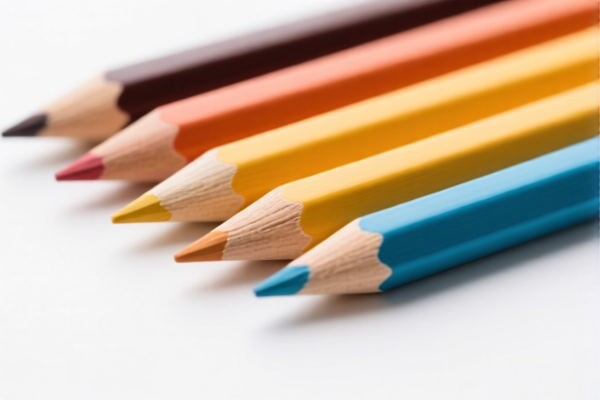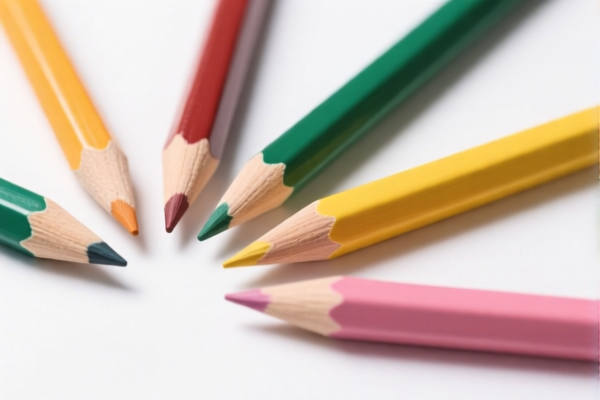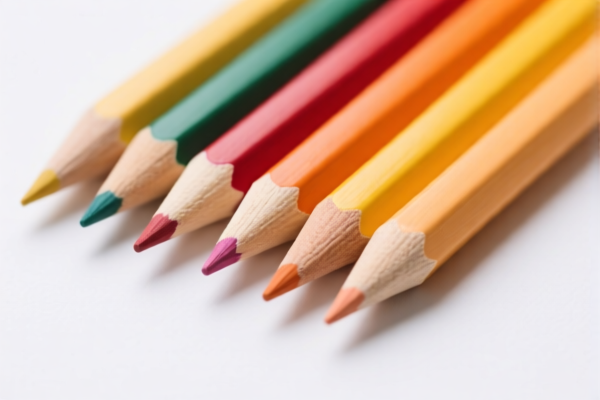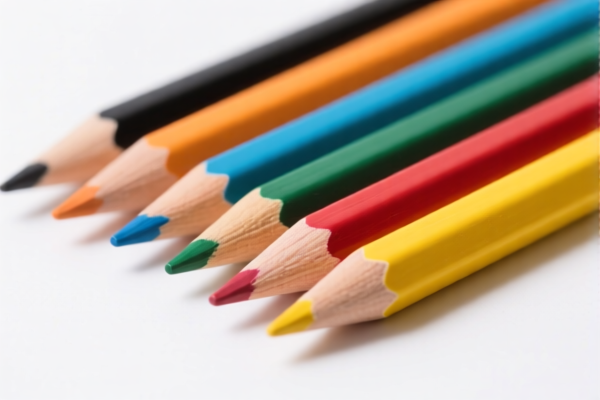| HS Code | Official Doc | Tariff Rate | Origin | Destination | Effective Date |
|---|---|---|---|---|---|
| 9608300031 | Doc | 0.4¢ each + 2.7%+37.5% | CN | US | 2025-05-12 |
| 9609908000 | Doc | 37.5% | CN | US | 2025-05-12 |
| 9609904000 | Doc | 37.5% | CN | US | 2025-05-12 |
| 3926100000 | Doc | 35.3% | CN | US | 2025-05-12 |
| 3901909000 | Doc | 61.5% | CN | US | 2025-05-12 |
| 3901905501 | Doc | 61.5% | CN | US | 2025-05-12 |
| 3914002000 | Doc | 55.0% | CN | US | 2025-05-12 |
| 3914006000 | Doc | 58.9% | CN | US | 2025-05-12 |
| 3809100000 | Doc | 2.2¢/kg + 3%+37.5% | CN | US | 2025-05-12 |
| 3809910000 | Doc | 61.0% | CN | US | 2025-05-12 |




Drawing Pens
Drawing pens are specialized instruments used to create marks and images on a surface, typically paper, with inks. They differ from standard writing pens in their ink formulation, tip construction, and overall design, prioritizing precision, line control, and permanence for artistic applications.
Materials
- Barrel: Commonly constructed from plastic or metal (aluminum, brass, stainless steel). Metal barrels offer increased durability and a more balanced feel.
- Ink: A diverse range of ink types are utilized:
- India Ink: Pigment-based, waterproof, permanent, and known for its deep black color. Requires careful pen maintenance due to potential clogging.
- Pigment Ink: Water-resistant (though not always waterproof), archival quality, and available in a wide spectrum of colors. Less prone to clogging than India ink.
- Dye-Based Ink: Vibrant colors, but generally less lightfast and water-resistant. Suitable for sketching and practice work.
- Gel Ink: Smooth flow, often opaque, and available in various colors and effects (glitter, metallic). May bleed through thinner papers.
- Tip: The tip is the defining feature, influencing line width and control:
- Felt Tips: Versatile, available in a range of sizes and shapes, suitable for various drawing styles.
- Brush Tips: Flexible bristles allow for varying line weights based on pressure. Ideal for calligraphy, hand lettering, and expressive sketching.
- Tubular Tips (Nibs): Often metal, providing precise control and consistent line width. Common in technical pens and fineliners.
Purpose
Drawing pens serve a broad range of artistic and technical purposes:
- Illustration: Creating detailed artwork, comics, and graphic novels.
- Sketching: Preliminary drawings, concept art, and quick studies.
- Technical Drawing: Architectural plans, engineering diagrams, and precise illustrations.
- Calligraphy & Hand Lettering: Creating elegant and decorative lettering.
- Manga & Comic Art: Specialized pens designed for specific line weights and techniques.
- Journaling & Doodling: Adding detail and visual interest to personal notebooks.
Function
Drawing pens function by delivering a controlled flow of ink from a reservoir onto a surface through a tip. The ink adheres to the paper fibers, creating a visible mark. Key functional characteristics include:
- Ink Flow Control: Ensuring consistent ink delivery without skipping or blobbing.
- Line Width Consistency: Maintaining a uniform line width throughout the drawing process.
- Water Resistance/Waterproofness: Determining the pen's ability to withstand water exposure.
- Lightfastness: Measuring the ink's resistance to fading over time.
- Capillary Action: The ability of the ink to flow from the reservoir to the tip.
Usage Scenarios
- Studio Art: Creating finished illustrations and artwork.
- Outdoor Sketching: Utilizing portable pens and sketchbooks for on-location drawings.
- Architectural/Engineering Offices: Producing precise technical drawings.
- Graphic Design: Creating logos, illustrations, and layouts.
- Home/Hobby Use: Journaling, doodling, and personal art projects.
Common Types
- Fineliners: Pens with very fine tips (0.05mm - 0.8mm), ideal for detailed work, technical drawing, and outlining. Popular brands include Staedtler Pigment Liner, Micron, and Copic Multiliner.
- Brush Pens: Pens with flexible brush-like tips, allowing for varying line weights. Popular brands include Tombow Dual Brush Pens, Pentel Fude Touch Sign Pen, and Kuretake Fudegashi Brush Pen.
- Technical Pens: Pens designed for precise line work and technical drawing, often with refillable ink reservoirs. Popular brands include Rotring, Staedtler, and Faber-Castell.
- Dip Pens: Traditional pens that require dipping into an inkwell. Offer a wide range of nib options for varying line weights and styles.
- Gel Pens: Pens utilizing gel ink, known for smooth flow and vibrant colors. Popular brands include Pilot G2, Uni-ball Signo, and Pentel EnerGel.
- India Ink Pens: Pens pre-filled with India Ink, often with tubular nibs for consistent lines.
- Calligraphy Pens: Pens designed specifically for calligraphy, often with chisel or pointed nibs.
Drawing pens are writing instruments used for creating lines and designs on surfaces, typically paper. They can utilize various ink types and tip sizes for different artistic and technical applications.
The following HS codes are relevant to drawing pens, based on the provided information:
-
9608300031: This HS code falls under Chapter 96 ("Miscellaneous manufactured articles"). Specifically, it covers “Ball point pens; felt tipped and other porous-tipped pens and markers; fountain pens, stylograph pens and other pens; duplicating styli; propelling or sliding pencils (for example, mechanical pencils); pen-holders, pencil-holders and similar holders; parts (including caps and clips) of the foregoing articles, other than those of heading 9609”. The “3000” subheading indicates fountain pens, stylograph pens and other pens, and the “31” further specifies India ink drawing pens. The current tax rate is 0.4¢ each + 2.7%, with an additional 7.5% and a future rate of 30.0% after April 2, 2025, resulting in a total rate of 0.4¢ each + 2.7% + 37.5%.
-
9608300031: This HS code falls under Chapter 96 (“Miscellaneous manufactured articles”). Specifically, it covers “Ball point pens; felt tipped and other porous-tipped pens and markers; fountain pens, stylograph pens and other pens; duplicating styli; propelling or sliding pencils (for example, mechanical pencils); pen-holders, pencil-holders and similar holders; parts (including caps and clips) of the foregoing articles, other than those of heading 9609”. The “3000” subheading indicates fountain pens, stylograph pens and other pens, and the “31” further specifies India ink drawing pens. The current tax rate is 0.4¢ each + 2.7%, with an additional 7.5% and a future rate of 30.0% after April 2, 2025, resulting in a total rate of 0.4¢ each + 2.7% + 37.5%.
It is important to note that the tax rates for HS code 9608300031 are subject to change, with an increased rate of 30.0% applicable after April 2, 2025.
Customer Reviews
No reviews yet.